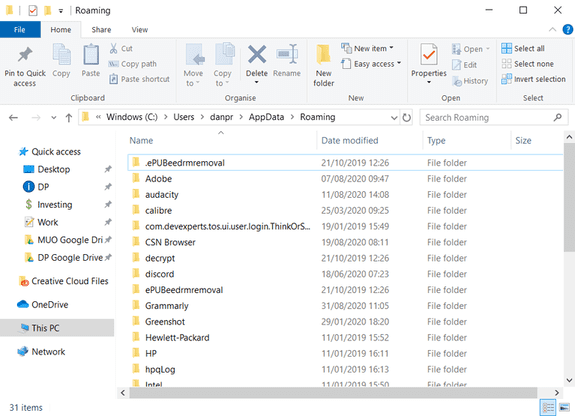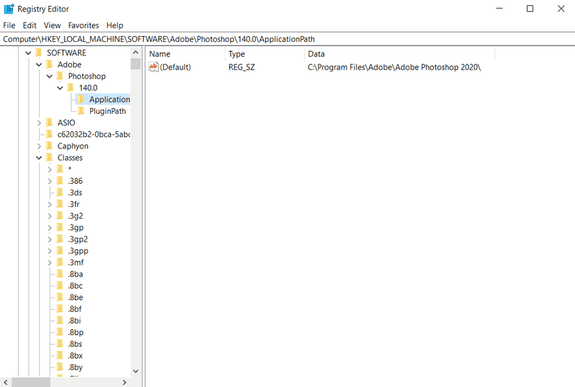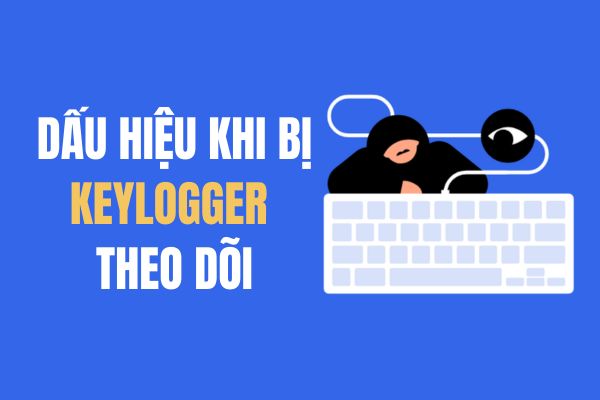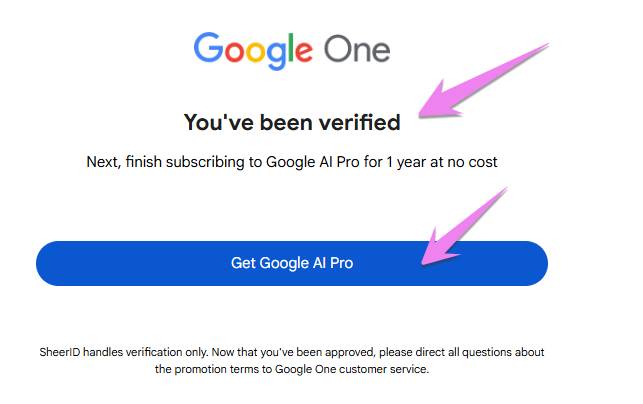Over time, your computer will slow down. Of course, outdated hardware is part of it, but for most people, the more common cause is poor operating system maintenance. So, it’s almost Tet, why don’t we clean up the computer garbage to welcome the new Tet? Here are methods to speed up Windows by deleting redundant files, junk files…
| Join the channel Telegram of the AnonyViet 👉 Link 👈 |

Reinstalling Windows is the first choice. Getting rid of all the junk space will make your machine run faster and smoother.
However, you don’t need to take such drastic steps. Taking a moment to clean Windows can yield similar results. Sure, your 5-year-old laptop may never be able to play the latest AAA games, but you’ll still see noticeable improvements.
1. Uninstall unused software

Let’s start with what everyone already knows. A clean computer is one that is free of old software that you no longer use. If you are not a neat person, you will be surprised at how much unnecessary software you have installed on your machine.
To see all the apps on your computer, go to Start > Settings > Apps > Apps and features. Scroll down and click Uninstall on any software you no longer need.
Gentle reminder, you need to be careful. Don’t just delete things you don’t know what they are. Please google and find out the software before removing it. Or you can also use software IObit Uninstaller to remove the software completely.
2. Run anti-virus software

Next, you should run your anti-virus software. One of the most common causes of slow computer is viruses, so that’s the best way to clean up a Windows PC.
Each anti-virus software has different options, but there is one thing that every anti-virus software must have. Full Scan or Deep Scan. The scan will take a lot longer to complete, but you can be sure that it won’t miss anything on the operating system.
You might consider using TOP anti-virus software listed by AnonyViet. Instead of focusing on viruses, its main goal is to protect users against the latest trojans, backdoors, adware and spyware.
3. Disk Clean-Up

Disk Cleanup has been a part of the Windows operating system for many years and it is still effective at cleaning unnecessary files and improving system performance.
To run Disk Cleanup, enter the application name in the Start Menu or go to Control Panel > Administrative Tools > Disk Clean-up.
Before scanning, click Clean up system files. It allows the application to run a more thorough scan by checking the old Windows Update files and log files.
In general, you can delete all the files that the program finds. Tick the checkbox next to each result and click OK. Note, however, that when you choose to delete the Windows installation file(s) first using the Clean up system filesyou will no longer be able to roll back to an earlier version of Windows.
4. Defragment your hard drive

Windows 10 runs defragmentation of the drive when necessary. However, since we’re doing a thorough cleaning of the computer, it’s not recommended that you run it manually.
You can find tools Defragment and Optimize Drives by searching on the Start Menu or going to Control Panel > Administrative Tools.
To use the app, highlight your main hard drive and click Optimize on the right side of the window.
5. Delete Old Driver
Windows still retains the old drivers. The purpose behind keeping is just in case: you’ll never have a problem if a new driver doesn’t work as expected. The difference, however, is that your machine may be filled with drivers from devices you stopped using years ago.
There are two easiest ways to remove old drivers from your computer: cmd or environment variables. For more information about these two ways, you can read this article to know how to remove old drivers from Windows. Or the simplest way is to download the software completely IObit Advanced SystemCare about make it fast.
6. Clean Startup

Any seasoned Windows user knows that the operating system lags behind macOS, Chrome OS, and Linux when it comes to slow boot times.
Usually, it is caused by the number of programs that Windows tries to launch at startup. Most of them are not necessary.
To clear your startup list, press Ctrl + Alt + Delete and choose Task Manager. On the new window, click Startup.
You can now look at all the Windows applications that try to run at startup. To disable an app, select it and click Disable.
7. Clean up the AppData folder

When you uninstall an app, you’ll often find remnants of that app scattered around your machine. One of the most common locations is the AppData folder.
By default, this folder will be hidden. You can find it at C:\Users\[Username]\AppData or by typing %AppData% into the Windows search box.
In the main directory, there are three subfolders: Local, LocalLow and Roaming. Make sure you check all three of these folders for any traces of old software. Again, don’t delete anything unless you’re sure it’s safe.
The best way to help you remove software completely is to use IObit Uninstaller.
8. Delete Old Program Files
Another place you often find remnants of old applications is in the Program Files folder.
On most machines, there are two Program Files folders: C:\Program Files and C:\Program Files (x86).
As with the AppData folder, check the contents of each folder carefully and delete any files and folders that are no longer in use.
9. Clean up the Registry

You’ve probably heard some horror stories about the Registry or you’ve experienced the same feeling, where just one wrong click is enough to crash your system. No kidding.
It is essential to keep your registry tidy. Think of it like a library: the larger the library, the longer it will take you to find what you’re looking for. Similarly, the more junk in your registry, the longer it takes Windows to identify the entries it needs.
Let’s solve this problem together. Search regedit and press Enter. Then go to Computer\HKEY_LOCAL_MACHINE\SOFTWARE and Computer\HKEY_CURRENT_USER\Software. In each folder, slowly go through the list and delete the entries of software you no longer use.
Warning: Deleting the wrong registry entry can have serious consequences for your system. Make sure you have made a complete backup of your registry data before proceeding.
Advanced SystemCare software is recommended.
10. Clear all cache
Windows 10 is full of cache. Without digging into technical jargon, a cache is a non-permanent file that Windows may need again in the future.
But what if Windows doesn’t need it anymore? You will have a dump lying around every corner of your system.
Windows 10 has quite different types of cache and each type has a different way to delete it, so doing it all will take a lot of time. And this is where Advanced SystemCare comes into play :))
How to trash your computer?
I have introduced to you some important steps to clean up computer junk. By completing all 10 items, I can guarantee you’ll see an increase in performance.
Of course, there are other ways to improve your computer’s speed — you can upgrade the hardware, for example — but doing so is often expensive and complicated for beginners. The trade-off isn’t always worth it.











